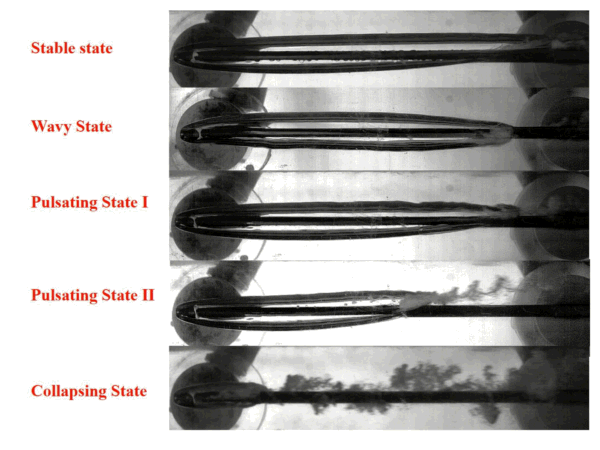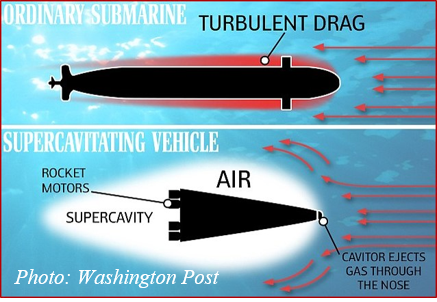
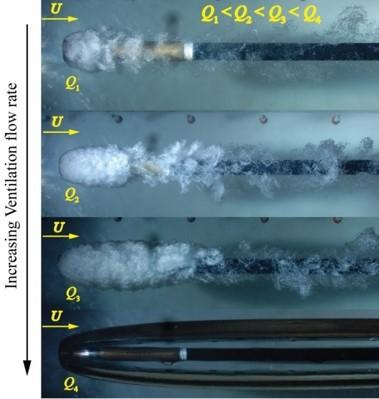
Supercavitation, i.e. a specific cavitation phenomenon in which the bubble formed by cavitation becomes large enough to encompass the object traveling through the liquid, has gained considerable attention for its potential applications in drag and noise reduction in high-speed underwater transportation, water-entry impact mitigation, as well as noise suppression. In general, supercavitation can be attained naturally or through gas ventilation. Natural supercavitation typically requires a pressure reduction or an increase of flow speed until the surrounding pressure is low enough for the water to vaporize. Ventilated supercavitation, however, can be generated at much lower speeds and higher ambient pressure by injection of non-condensable gas around a cavitating object (i.e. cavitator). In our group, we employ novel imaging techniques to capture flow phenomena across the liquid-gas interface to investigate the fundamental flow processes involved in the ventilated supercavitation.
Closure mechanism of ventilated supercavitation
Investigators: Ashish Karn Sponsors: ONR

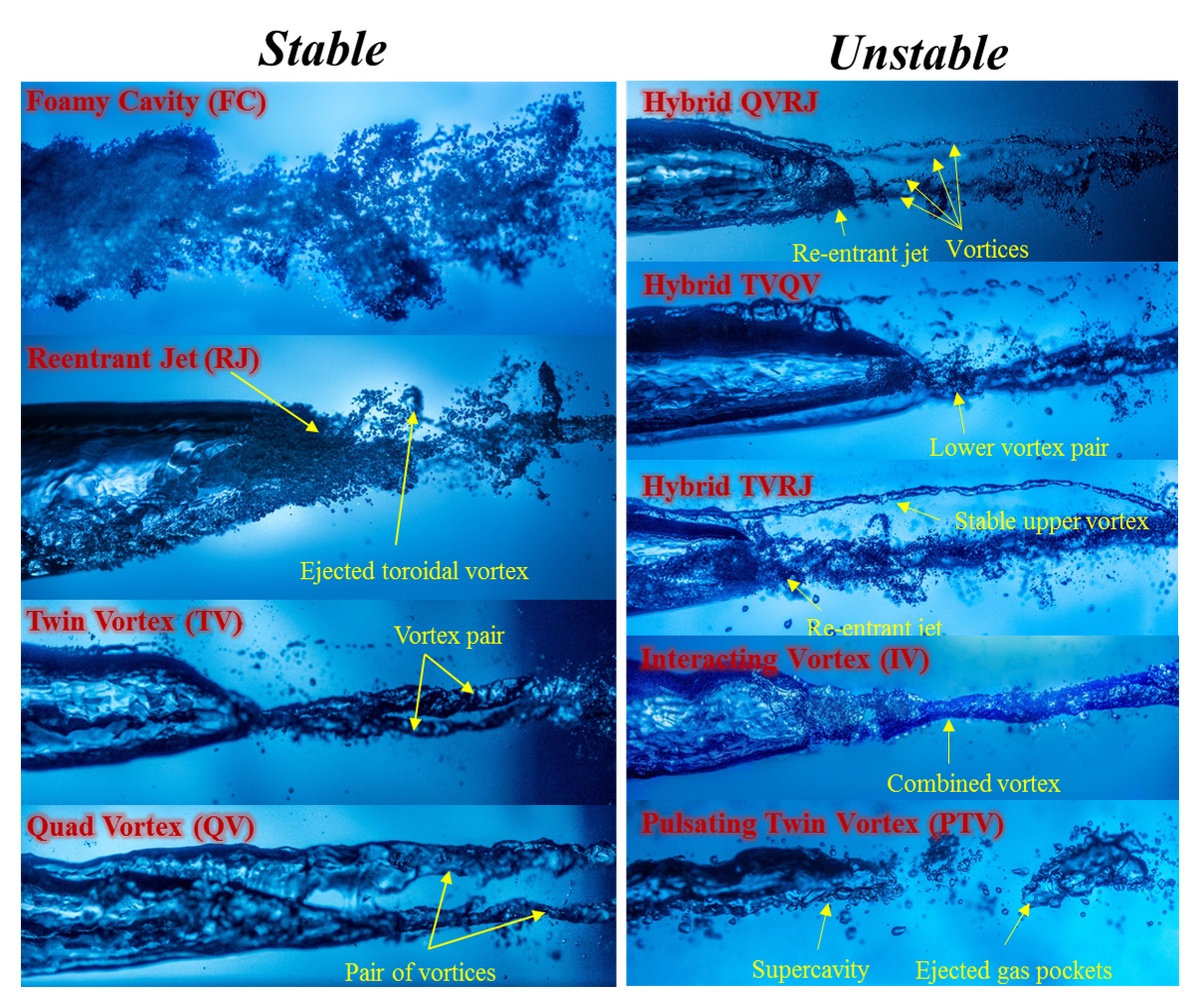
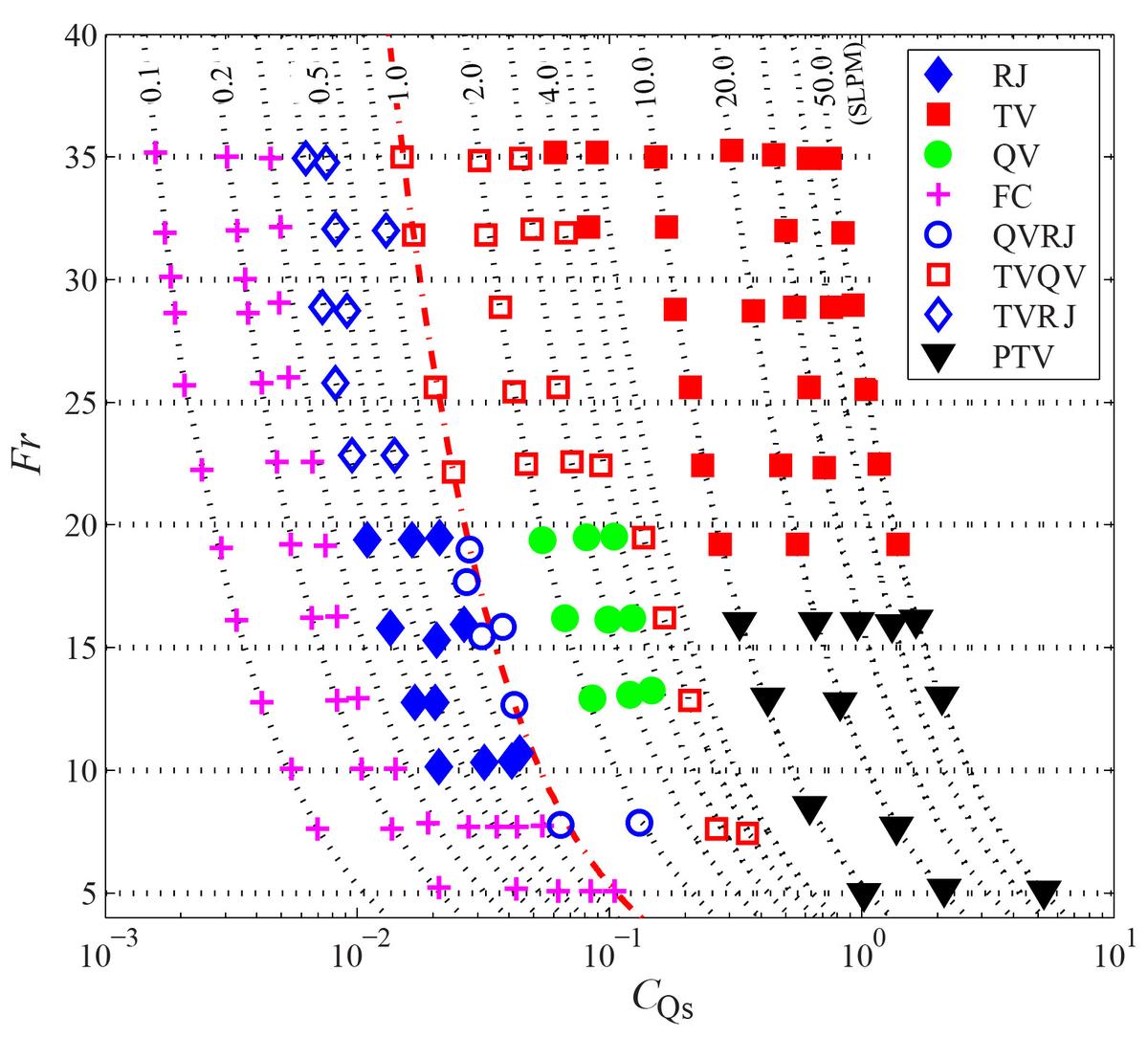
Using high-speed imaging and flow measurements, we are able to systematically investigate the geometry of different closure modes, and the transition among closure modes over a broad range of flow conditions. This study allows us to obtain a unified theory to explain the underlying physical mechanism of supercavity closure.
Reference: Karn, A., Arndt, R. E., & Hong, J. (2016). An experimental investigation into supercavity closure mechanisms. Journal of Fluid Mechanics, 789, 259-284.
Internal flow visualization of ventilated supercavitation
Investigators: Yue Wu, Yun Liu & Siyao Shao Sponsors: ONR
Gas flow inside a cavity holds the key to understand the interface dynamics of a supercavity under various settings, but is very difficult to be probed experimentally.
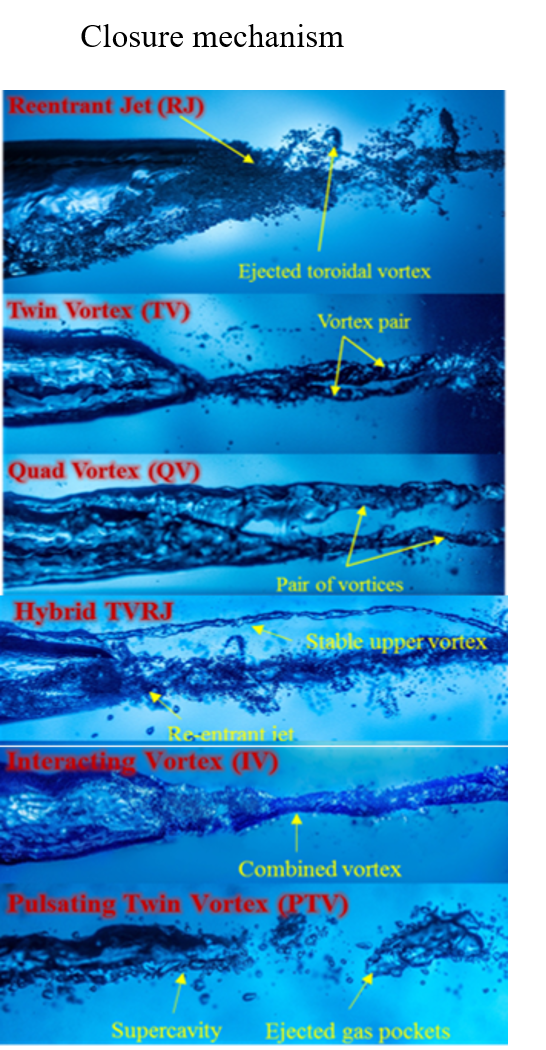
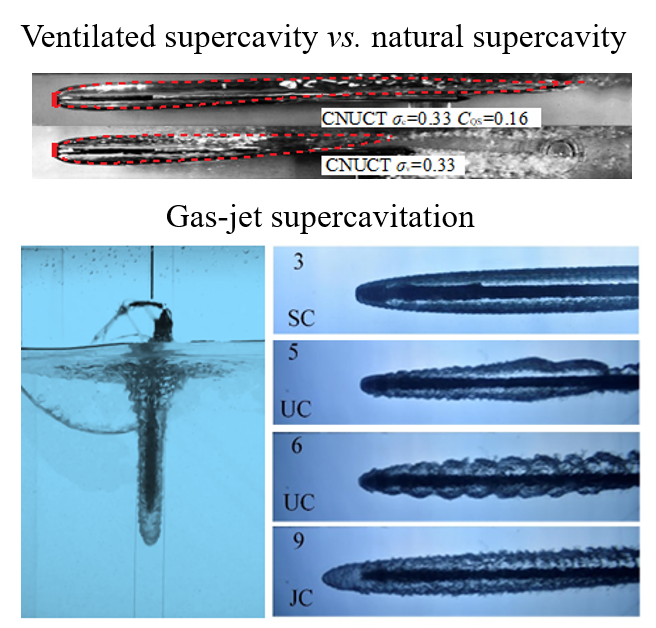
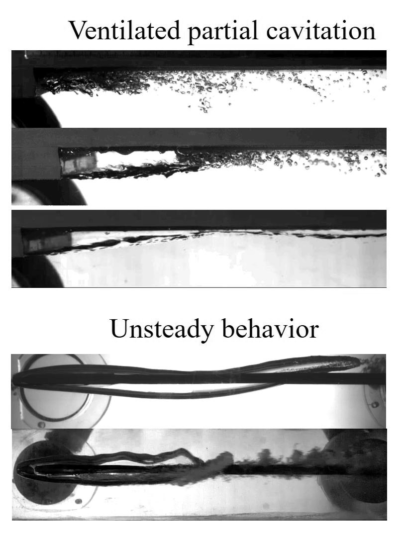
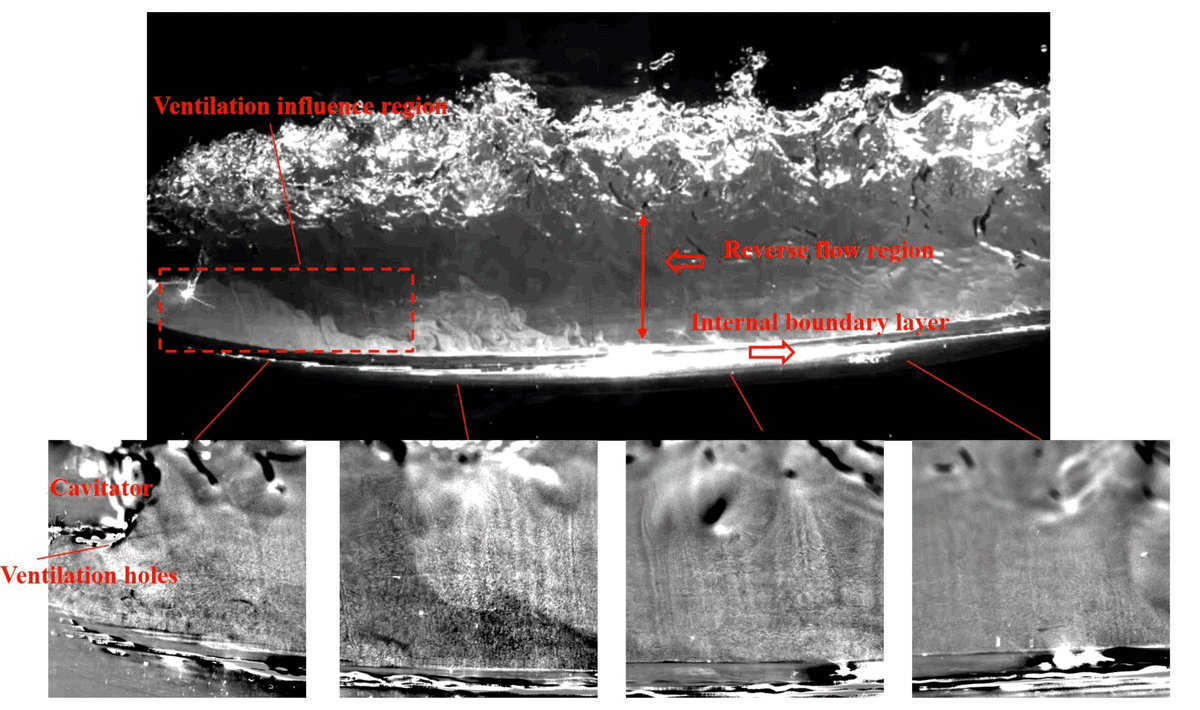
Using novel imaging technique, we are able to reveal the significant features of cavity internal flow for the first time. The flow visualization indicates three distinct regions inside the cavity, i.e. ventilation influence region, internal boundary layer and reverse flow region
Reference: Wu, Y., Liu, Y., Shao, S., & Hong, J. (2018). Probe into internal flow of a ventilated supercavity. The 10th International Symposium on Cavitation.
Behaviors of ventilated supercavitation in unsteady flow
Investigators: Siyao Shao & Yue Wu Sponsors: ONR

In practical applications of using ventilated supercavitation for high-speed underwater transportation, the operation of a supercavitating object faces unavoidable unsteady conditions induced by the motions of the object as well as the variation of incoming flows due to changes in depth or surface waves. These unsteady effects significantly impact the operation. Our study is trying to understand: (i) the behaviors of ventilated supercavitation upon unsteady flows; (ii) physical mechanisms governing the transition of cavity states in unsteady flow.
Method: A gust generator consisting of two hydrofoils with flapping motions in unison is placed at the upstream of a test section to generate unsteady flow. The cavity is generated with a forward facing model. By varying flapping frequency and angle of attack of the hydrofoils, we could simulate over 50 % of possible sea surface states. High speed imaging to capture behaviors of ventilated supercavitation and measured pressure inside the cavity were carried out during the experiments simultaneously.
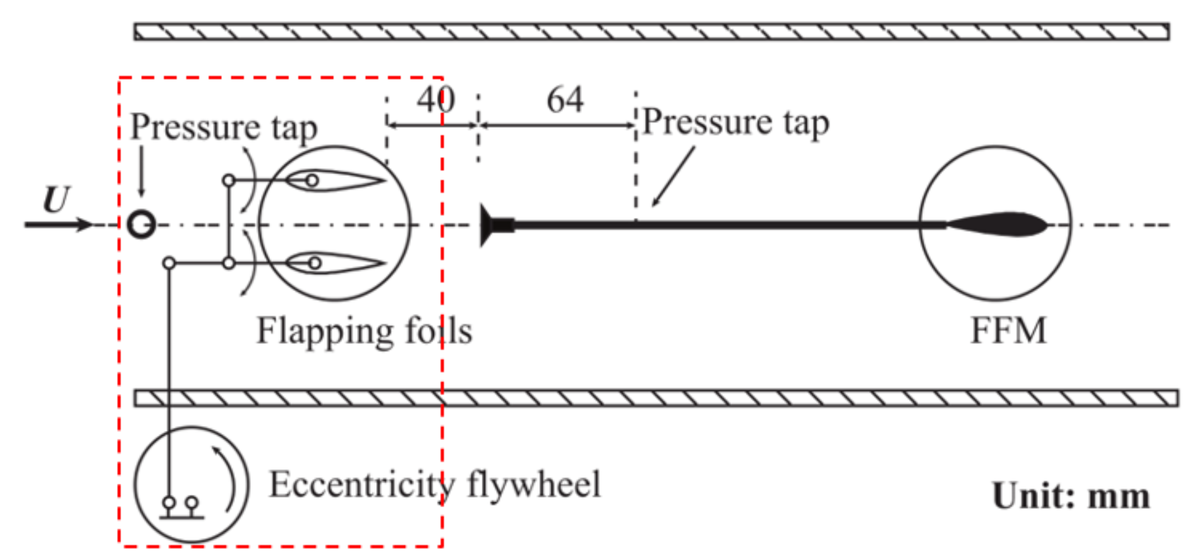
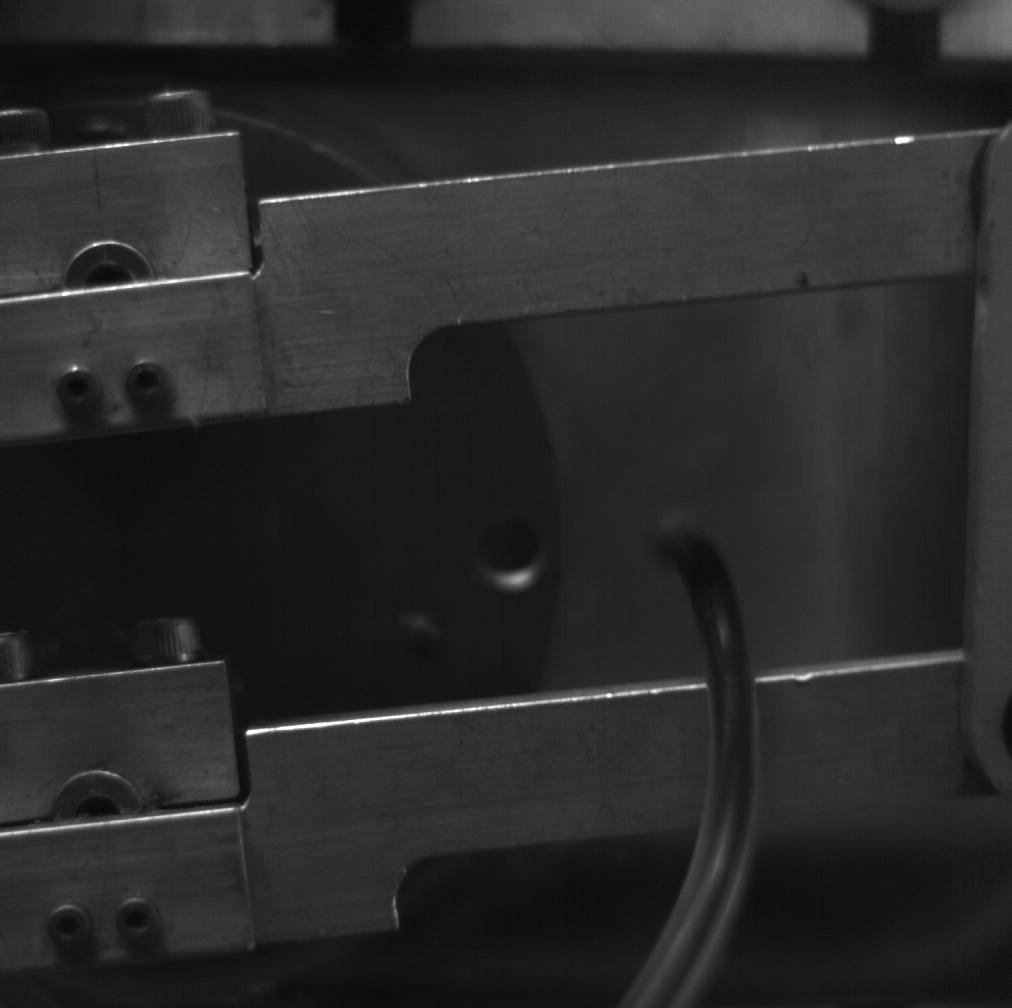

We observed five different cavity states over a broad range of unsteady flow conditions characterized by normalized wavelength and wave amplitude. Through cavity state map, we demonstrated the relationship between the cavity states transition in unsteady flow and the deformation on its surface. Such knowledge can be integrated into designing control strategies for the supercavitating devices under different unsteady conditions.
Reference: Shao, S., Wu, Y., Haynes, J., Arndt, R. E., & Hong, J. (2018). Investigation into the behaviors of ventilated supercavities in unsteady flow. Physics of Fluids, 30(5), 052102.
Gas jet ventilated supercavitation (GJVS)
Investigators: Yunhua Jiang & Siyao Shao
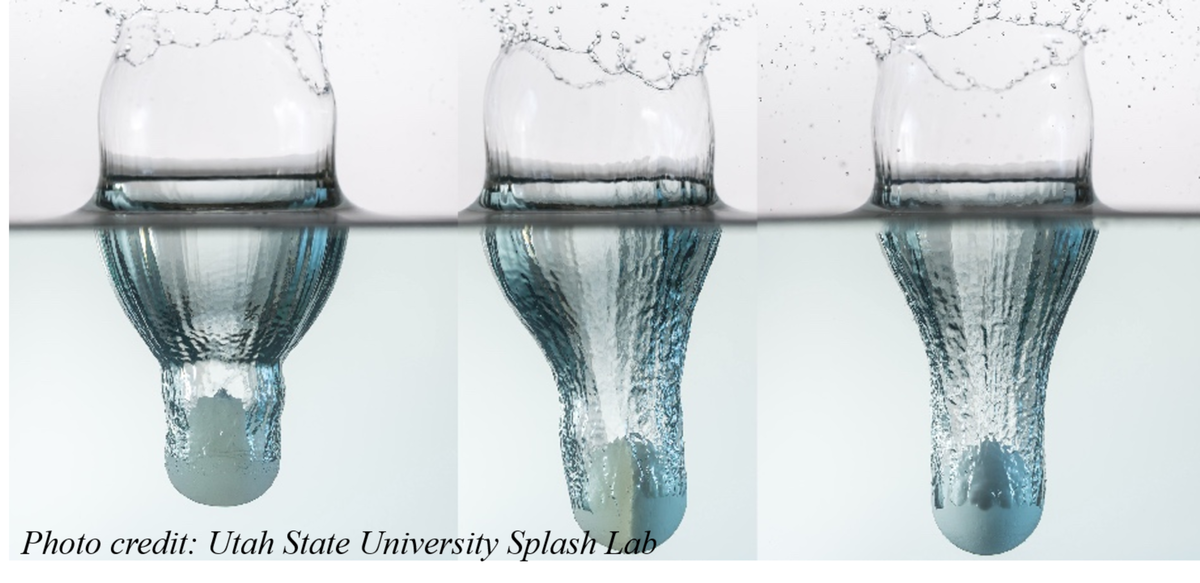
In general, water entry occurs in a wide range of problems, which including some natural phenomena such as a basilisk lizard walking on the water surface and a stone skipping on water and aerospace engineering such as aerospace structures water entry impaction. During the high-speed water entry, substantial drag force exerted on the front of the object can lead to detrimental impact on the structure and ballistic trajectory of the object. Therefore, we proposed GJVS to generate a ventilated supercavitation to mitigate such adverse impact. This study focuses on examining the fundamental flow physics involved GJVS which gas not been studied in the past.
different regimes of a gas jet supercavity
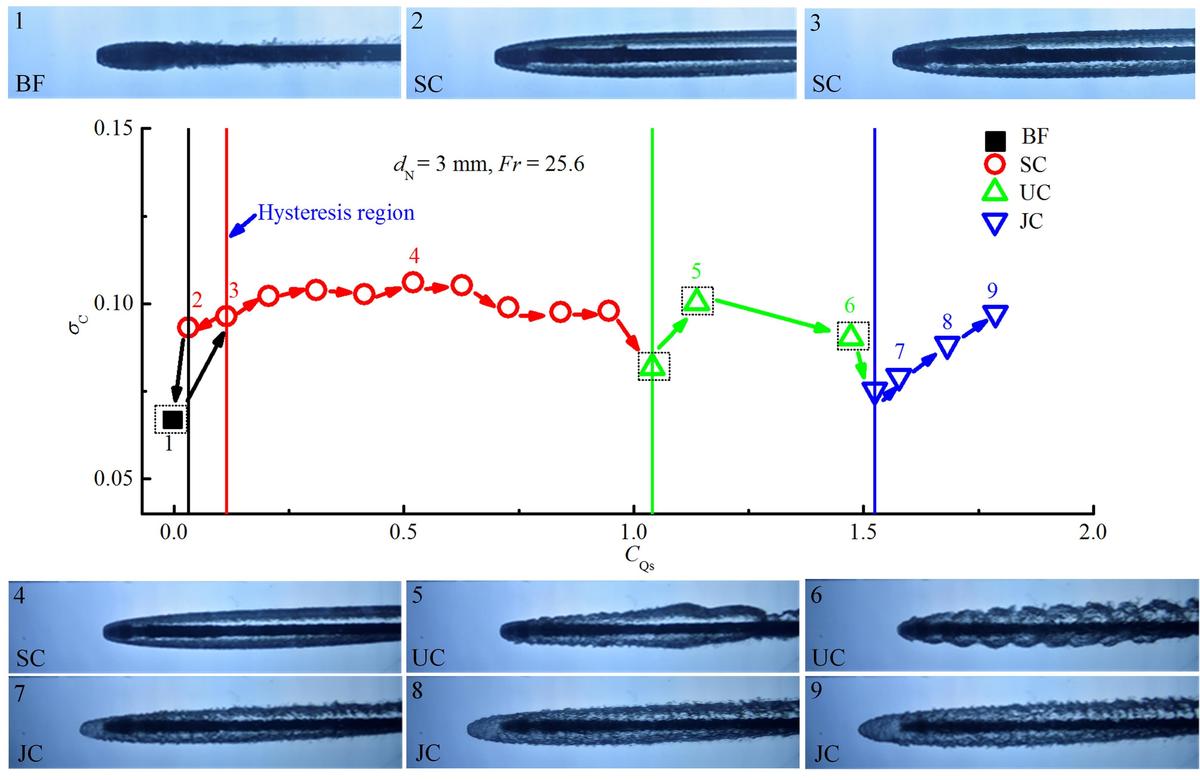
We observed four typical cavity regimes corresponding to different ranges of the gas ventilation coefficient, namely, Bubbly Flow (BF), Stable Cavity (SC), Unstable Cavity (UC) and Jet Cavity (JC).The cavity regime transitions from BF to SC, when the gas ventilation coefficient increases to a critical value. Cavity enters UC state with further increasing of the ventilation rate. During the UC state, the cavity loses its stability and periodic wavy patterns are developed at the liquid-gas interface. The cavity eventually regains its stability with a stable gas jet formed in front of the nozzle. This type of cavity state, referred to as JC, yields a very rough/turbulent liquid-gas interface compared to that of the SC.
